Published in 2015 by Cavendish Square Publishing, LLC
243 5th Avenue, Suite 136, New York, NY 10016
Copyright 2015 by Cavendish Square Publishing, LLC
First Edition
No part of this publication may be reproduced, stored in a retrieval system, or transmitted in any form or by any meanselectronic, mechanical, photocopying, recording, or otherwise-without the prior permission of the copyright owner. Request for permission should be addressed to Permissions, Cavendish Square Publishing, 243 5th Avenue, Suite 136, New York, NY 10016.
Tel (877) 980-4450; fax (877) - 4454 .
Website: cavendishsq.com
This publication represents the opinions and views of the author based on his or her personal experience, knowledge, and research. The information in this book serves as a general guide only. The author and publisher have used their best efforts in preparing this book and disclaim liability rising directly or indirectly from the use and application of this book.
CPSIA Compliance Information: Batch #WS14CSQ
All websites were available and accurate when this book was sent to press.
Library of Congress Cataloging-in-Publication Data Nunes, Sofia
Discovering Mission Santa Ines / Sofia Nunes. pages cm. (California missions)
Includes index.
ISBN - - 62713 - 097-4 (hardcover) ISBN 978-1-62713-099-8 (ebook)
1. Santa Ines Mission (Solvang, Calif.)HistoryJuvenile literature. 2. Spanish mission buildingsCaliforniaSolvangHisto-ryJuvenile literature. 3. FranciscansCaliforniaSolvangHistoryJuvenile literature. 4. Chumash IndiansMissionsCali-forniaSolvangHistoryJuvenile literature. 5. CaliforniaHistoryTo 1846Juvenile literature. I. Title.
F869.S487N85 2015
. ' dc
2014007202
Editorial Director: Dean Miller Editor: Kristen Susienka Copy Editor: Cynthia Roby Art Director: Jeffrey Talbot Designer: Douglas Brooks Photo Researcher: J8 Media Production Manager: Jennifer Ryder-Talbot Production Editor: David McNamara
The photographs in this book are used by permission and through the courtesy of: Cover photo by Stephen Saks/Lonely Planet Images/Getty Images; Witold Skrypczak/Lonely Planet Images/Getty Images, 1; Richard Cummins/Lonely Planet Images/Getty Images, 4; De Agostini/A. Dagli Orti/Getty Images, 6; Marilyn Angel Wynn/Nativestock/Getty Images, 7; Ann Thiermann, 8-9; Courtesy of UC Berkeley, Bancroft Library, 10; 1998 Kayte Deioma, 11; Science & Society Picture Library/SSPL/Getty Images, 12; 2014 Pentacle Press, 13; Howcheng/File:Smaller Junipero Serra statue, Mission San Buenaventura.JPG/Wikimedia Commons, 14; Francisco de Zurbaran/File:Francisco de Zurbaran - Santa Ines.jpg/Wikimedia Commons, 16; Pentacle Press, 18; Courtesy CMRC, 20; Pentacle Press, 24-25; Junkyardsparkle/File:Joseph John Chapman and Gaudalupe Ortega y Sanchez c1847.jpg/ Wikimedia Commons, 27; Pentacle Press, 29; Courtesy of UC Berkeley, Bancroft Library, 32-33; Library of Congress Prints and Photographs Division, 34; Witold Skrypczak/Lonely Planet Images/Getty Images, 41.
Printed in the United States of America
Contents
In the city of Solvang, California stands Mission Santa Ines. The structure is a living relic to the mission system that once dominated the West Coast, bringing settlers, friars , and new ideas to the land. Santa Ines was the nineteenth of twenty-one missions that covered Alta, or upper, California. Its history is vast, filled with triumphs and trials, and testifies to a new era in the life of the land of California.
the Spanish empire
The sixteenth century was a time of exploration for many European countries. At its forefront was Spain, a country with much power over the rest of the known world at that time. Spanish conquistadors explored a vast area of the Americas throughout the 1500s, searching for new riches or a new way of life. It was there that they encountered the Native people and their supposed wealth. These men were following in the footsteps of Christopher Columbus, who had accidentally discovered the New World (South, Central, and North America) on an expedition for Spain in 1492. Over decades, the Spanish empire in the Americas spread from the southwest desert of North America to the Andes Mountains in South America. This empire was called New Spain. Everywhere the Spanish colonists went, they spread Spanish culture and the Christian religion.

In the 1500s, Hernan Cortes and other conquistadors traveled to the Americas to claim land for Spain.
In 1542, the Spanish claimed California. This was the last territory on the borders of the empire to become part of New Spain. At the time, California consisted of what are now California and the Baja Peninsula of Mexico. It was divided into two parts, Alta California and Baja, or lower, California. By the 1760s, however, Spain still had not built any settlements in Alta California. There were many reasons the Spaniards had not built communities there. No riches and no direct water route through America are two examples.
In 1768, Spain learned that the Russians and the English wanted to settle in Alta California. Russian explorers and fur traders had established colonies in Alaska and were moving farther south along the coast. Whoever controlled the coast could control trade routes across the Pacific Ocean. The Spanish government was afraid to lose this important territory to the Russians. They decided to take action.
The Spanish planned to build a chain of missions along the coast of Alta California. They would send Spanish friars to convert the Native people, with soldiers nearby to protect them. By that time, Spain had already built missions outside of Alta California because they thought it was a good way to settle a new land.
When the Spanish first arrived in Alta California, there were already many Native American tribes living there. More than 100 different groups, each with its own language or dialect, territory, and identity, occupied the land. The Native people living near Mission Santa Ines were known as the Chumash.
people of the coast

This is a Chumash tomol spirit boat, carved with designs that came from dreams.
The Chumash tribe once lived all along the Southern California coastline. Because they were so dominant and thought to be the oldest tribe in California, they called themselves the First People. They were generally a nonviolent people who loved music, making it part of their everyday lives. They sang songs for celebrations, such as the birth of a baby, and for healing, hunting, warfare, and harvesting.

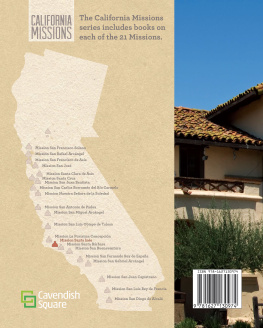

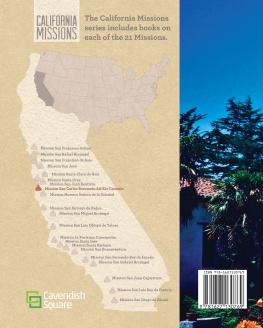
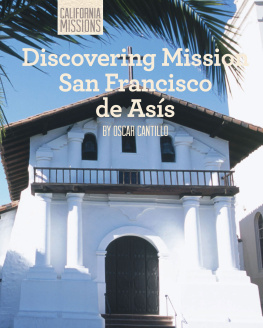
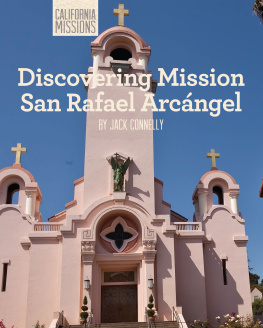
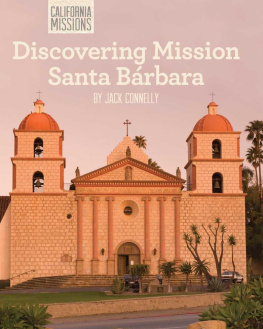
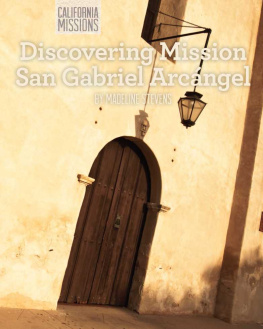
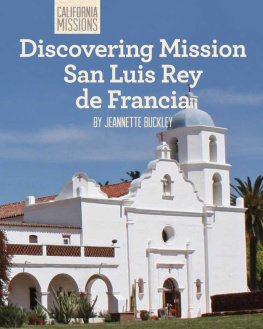

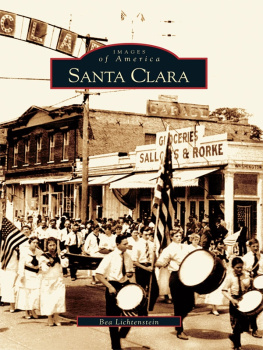
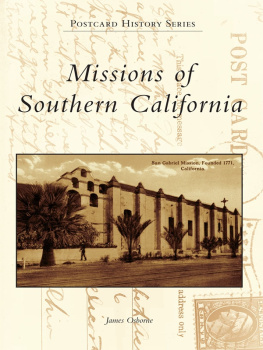
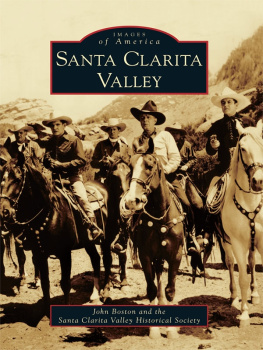



.jpg)
.jpg)

.jpg)
